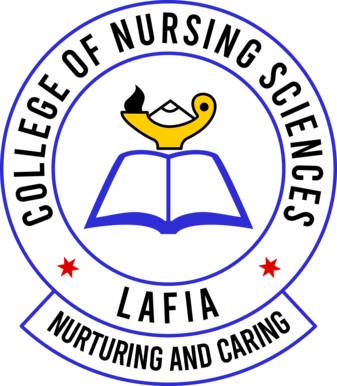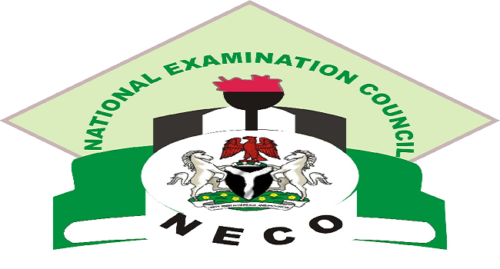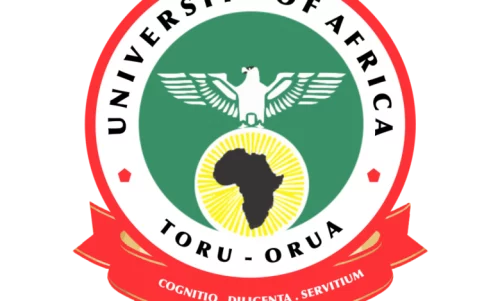Biology Keypoints; Transport; Transport is the movement of materials from one place to another. In biology, transport is an essential process for the survival of living organisms. Materials that require transportation include excretory products, gases, manufactured food, digested food, nutrients, water, and hormones.
a. Need for Transportation
Transportation is necessary to maintain homeostasis, the maintenance of a stable internal environment. Living organisms need to exchange materials with the external environment to function correctly. For example, organisms need to exchange gases to take in oxygen for respiration and to release carbon dioxide as a waste product.
b. Materials for Transportation
Excretory products, gases, manufactured food, digested food, nutrients, water, and hormones are materials that need transportation.
Excretory products are waste products produced by metabolic processes. They include carbon dioxide, urea, and other waste materials.
Gases are exchanged during respiration. Oxygen is taken in by organisms and carbon dioxide is released.
Manufactured food is created by photosynthesis in plants. The food is then transported to other parts of the plant.
Digested food is transported from the digestive system to other parts of the body to provide nutrients and energy.
Nutrients, such as glucose and amino acids, are transported to different parts of the body for growth and repair.
Water is transported to maintain the water balance of the organism.
Hormones are transported throughout the body to regulate various processes, such as growth and development.
c. Channels for Transportation
There are two primary channels for transportation in living organisms: the mammalian circulatory system and the plant vascular system.
i. Mammalian Circulatory System
The mammalian circulatory system consists of the heart, arteries, veins, and capillaries. The heart pumps blood throughout the body. Arteries carry blood away from the heart, while veins carry blood back to the heart. Capillaries are small blood vessels that connect arteries and veins and are responsible for the exchange of materials between the blood and the tissues.
ii. Plant Vascular System
The plant vascular system consists of two types of tissues: phloem and xylem. The phloem transports manufactured food and other nutrients, while the xylem transports water and minerals. The movement of materials in the plant vascular system is due to transpiration, the evaporation of water from the leaves, which creates a suction force that pulls water up from the roots.
d. Media and Processes of Mechanism for Transportation Materials are transported through various media and processes.
In mammals, blood is the medium through which materials are transported. The heart pumps the blood, and the circulatory system provides the pathways for transportation.
In plants, water and nutrients are transported through the xylem, while manufactured food and other nutrients are transported through the phloem.
The processes of mechanism for transportation include diffusion, osmosis, active transport, and transpiration.
Diffusion is the movement of materials from an area of high concentration to an area of low concentration.
Osmosis is the movement of water across a semipermeable membrane from an area of low solute concentration to an area of high solute concentration.
Active transport is the movement of materials against a concentration gradient, requiring energy in the form of ATP.
Transpiration is the evaporation of water from the leaves of plants, which creates a suction force that pulls water and minerals up through the xylem.
Biology Keypoints; Transport
Transport is an essential process for the survival of living organisms. This process involves the movement of substances such as excretory products, gases, manufactured food, digested food, nutrients, water, and hormones from one part of an organism to another. In this biology class note, we will be discussing the various aspects of transport, including the need for transportation, materials for transportation, channels for transportation, media, and processes of the mechanism for transportation.
a. Need for transportation: As organisms increase in size and complexity, the need for a transport system becomes essential. This is because diffusion alone is not enough to transport substances efficiently to all parts of the body. The transport system helps to move materials over long distances and to maintain a constant internal environment.
b. Materials for transportation: Various substances are transported in living organisms, including excretory products, gases, manufactured food, digested food, nutrients, water, and hormones. The materials are transported in different forms, such as dissolved in water, as gases, or in the form of complex molecules.
c. Channels for transportation: In animals, the mammalian circulatory system is responsible for the transportation of materials. The circulatory system consists of the heart, arteries, veins, and capillaries. In plants, the vascular system, comprising the phloem and xylem, is responsible for the transportation of substances.
i. Mammalian circulatory system: The heart pumps blood through arteries, which branch into smaller vessels called arterioles, then into the smallest vessels, capillaries, where the exchange of substances takes place. The capillaries then drain into venules, which merge to form veins that carry blood back to the heart.
ii. Plant vascular system: Phloem is responsible for transporting food substances like sucrose, whereas the xylem is responsible for transporting water and minerals.
d. Media and processes of the mechanism for transportation:
i. Media of transportation: In living organisms, substances are transported through different media, such as cytoplasm, the cell sap, body fluids, blood, and lymph. Blood and lymph have complex compositions, and their functions vary.
ii. Mechanisms of transportation: Diffusion, osmosis, plasmolysis, and turgidity are some of the mechanisms of transportation in organisms. In open circulatory systems, diffusion occurs between body cells and blood. In animal transpiration pull, water is transported upwards through the xylem by negative pressure, whereas, in root pressure, water is pushed upwards by the root cells’ exertion of pressure. Active transport is also an essential mechanism of transportation in plants.












